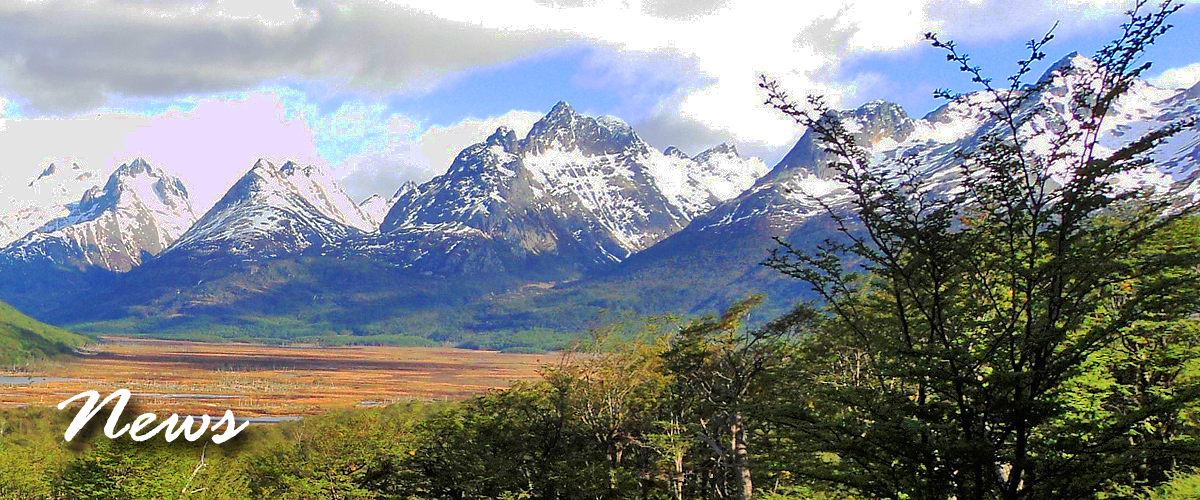

Personal Project Started in October 2015
The Public Libraries Project is exclusively personal and has no ties to any public or private entity or company. This is a personal project by the author that aims only to contribute to Literature, in special young people of public schools and users of Public Libraries in general.
See also:
MUNICIPAL PUBLIC LIBRARIES
STATE PUBLIC LIBRARIES
NATIONAL PUBLIC LIBRARIES
“Out of the world of books by my humble social origins, it was in the Public Library that I developed self-taught. The habit of going to libraries became ingrained in me from the age of 16. My favorite place, arguably, was the Galveias Municipal Library, in Campo Pequeno, inaugurated in 1931 and still active today.It was there that one day I found a bound book, which was to me like another sun that was born”.
(José Saramago – Nobel Prize of Literature)
SENAI – State of Santa Catarina
Photo: Juliano – coordinator of SENAI Libary Network, Me and the Librarian of the SENAI in Santa Catarina State
I have great respect for SENAI’s role as an institution that promotes development of people and because of that it has an important role in the State and Country Industry. For this reason, I am grateful to have my book in the collection of its Libraries in the state of Santa Catarina. The book “21 Days at The End of the World” (portuguese version) can be found in any of the 32 libraries of SENAI located in all regions in the State of Santa Catarina, installed in its teaching and learning centers.
SENAC / SC
Photo: Me and Jorge – coordinator of SENAC Libary Network for the State of Santa Catarina
SENAC is another body that has an important role in development of people. With a similar role to SENAI, the current institution also works turned to commerce-oriented teaching and learning. Founded in 1947 as a non-profit institution, it actively contributes to the business environment of trade in goods, services and tourism. The book “21 Days at The End of The World” (portuguese version) can be found in any of 26 libraries of the institution statewide teaching centers in the State of Santa Catarina, accessible to its members, students and associates.
SESC – State of São Paulo
Photo 1: Me and Patrícia, Librarian of SESC São Paulo (Belenzinho)
SESC was founded in Brazil one year after the emergence of the National Confederation of Commerce. Currently with more than 500 units spread throughout Brazil, its activities range from hotel and hospital management, holiday camps, to training, teaching, culture and leisure units. In addition, SESC has a relevant and intensive social role, recognized even by international bodies such as the United Nations. I am grateful to have my book in each of its 32 units (Library Network) open to the public in SC.
UNIVERSITIES
Federal University of the Santa Catarina State – UFSC
Photo: Me and Yara Photo: Me and Edna
The Federal University of Santa Catarina State (UFSC), based in Florianópolis City, was founded in 1960. Its community is made up of about 50,000 people, including teachers, administrative technicians in education and students, which have about 5,500 teachers and technicians in activities. Its Central Library was inaugurated in 1968 and restructured in 1996 with an expansion that resulted in an area of 9,134 m2. It is one of the largest libraries in the State of Santa Catarina, as well as one of the largest technical and literary collections. In addition, it has permanent artistic and cultural exhibitions. It is an honor to have my book in its collection.
.
State University of Santa Catarina – UDESC
Photo: Maurício and Me
UDESC – University of The State of Santa Catarina was founded in 1965 and is headquartered in Florianópolis City, the state capital. It is recognized for being one of the best state universities in the country. Its library also has a large collection available to the students and the community. I am grateful to have my book in its collection.
.
University of The Itajaí Valley
Photo: Me and Cristina
UNIVALI – University of The Valley of Itajaí is one of the main universities in the State of Santa Catarina. Initially established in 1964 as a Municipal Education Council, on 21 March 1989 it was officially established as a Teaching University. Currently with more than 20 thousand students enrolled, it has available more than 100 courses among undergraduate, postgraduate, master and doctorate. Its library has one of the largest collections in the region and has a bookstore. Having my book in its collection is very significant, because that’s where I graduated and made my MBA.
.
Regional University of Blumenau
Photo: Me and Rochele
FURB is the first University in the interior of the State of Santa Catarina. Its headquarters in Blumenau opened in 1964 and currently has over 13,000 students enrolled in its more than 100 available courses, making it also one of the largest in the state of Santa Catarina.
Oceanographic Museum of Univali
Photo: Dra. Bibiana and Me
Opened in 2015, The UNIVALI Oceanographic Museum is one of the leading museums in Latin America in its segment. The Museum also has a library focused on the marine / maritime area, focusing on Antarctic affairs. It is a honor to have my book in its collection. I recommend everyone to visit and know the Museum and its exposition that is of extreme biological relevance.
Bank of Brazil
Bank of Brazil has a library network to serve its employees. It is a honor to have my book in the collection of its cultural center – library.
SANTANDER CULTURAL CENTER
Santander Bank has transformed a space with typical early 20th century banking architecture into a modern and functional Cultural Center. After undergoing a careful restoration, the space opened its doors in August 2001 in the heart of the city of Porto Alegre, and over the years has welcomed more than 4 million visitors. In addition to the visual arts, cinema and music, the center has diversified activities, as well as a constant exhibition about the history of currency and the commercial banking system of the country. Inside it there is a library open to the public with an excellent literary collection. My sincere thanks to the Santander Cultural Center for having available in its collection the book “21 Days at The End of the World” (portuguese version).
TRADITIONAL CULTURAL CENTERS
Germanic Cultural Center 25 de Julho – Blumenau City
Photo: Luísa and Me
Founded in 1954 in the city of Blumenau, the 25 de Julho Germanic Club has activities aimed at preserving and maintaining the Germanic cultural tradition brought by the first German immigrants to the Itajaí Valley region, around 1830. The club maintains intense cultural activities, permanent throughout the year. It also has in it headquarters a library of rare works and the permanent collaboration of Mr. Wilfried Wolkmann and Mrs. Renata M. Rossmark, who tirelessly seeks through detailed research into the origins of the club and its founders. Its headquarters is at Rua Alberto Kofke, central region of Blumenau / SC. Thanks to the German Club to have inserted my book in its collection.
LIRA – Italian Club of Blumenau City
Photo: Me and Iria
Founded in 1952, its main objective is to preserve and maintain the Italian cultural tradition brought by the first Italian immigrants to the Itajaí Valley region. The club maintains intense cultural activities throughout the year, including “The Italian Fest” – which seeks to rescue, preserve and disseminate the cultural, gastronomic and family traditions of its ancestors. The club also offers language classes, among other activities. The Italian Fest takes place annually in July and it is worth mentioning that approximately 35% of the population of the Itajaí Valley is from Italian origins. Its headquarters is in Benjamin Constant Street, Vila Nova neighborhood – Blumenau / SC.
Argentine Circle of Santa Catarina

The Argentine Circle dates back to the 1990s, when a group of Argentines residing in the city of Balneário Camboriú, Santa Catarina, got together to exchange ideas, reflections and life projects. Then they decided to create an entity that would represent them as a community within the state.
Trentino Club of Rio dos Cedros City
Photo: Senira, Lusimar, Me and Doralice
Initially founded in Italy (Trento) in 1957, the association aimed to provide assistance to immigrants traveling to other countries, including Brazil. In 1975, on the occasion of the commemoration of the centenary of Trentine immigration in Brazil, what was to be the union of Trentine associations was founded, with 03 cities playing a relevant role in the association: Nova Trento, Rodeio and Rio dos Cedros. The Trentino Club has various activities aimed at preserving the customs of its Italian ancestors. In addition, they have intense cultural activities throughout the year that are part of the region’s calendar. It also has a small library where its members exchange books and literary and artistic meetings. Thanks to the Italian Club to have inserted my book in its collection.